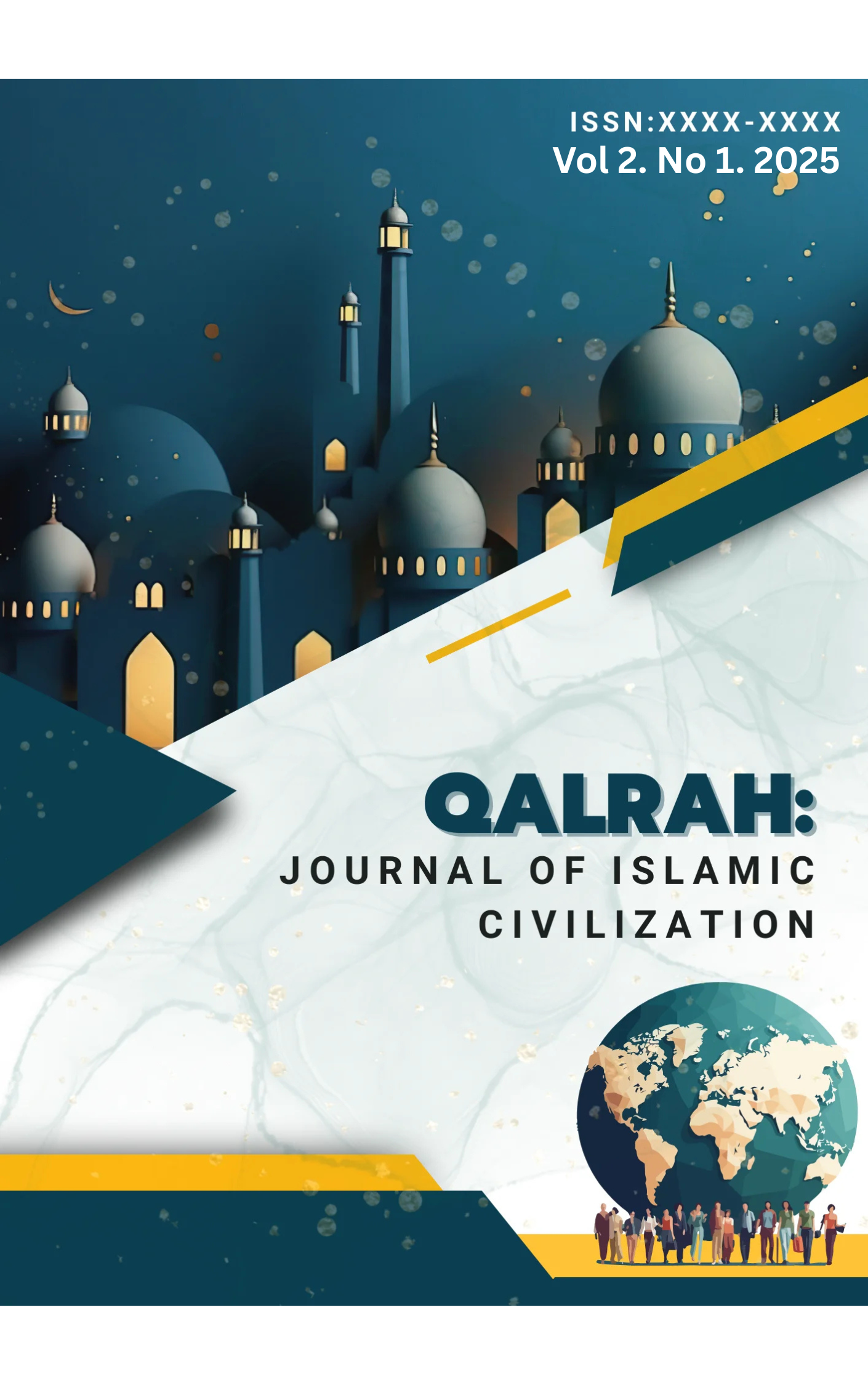Islam and Democracy in Southeast Asia through a Comparative Study of Indonesia and Malaysia
Keywords:
Islam and Democracy, Comparative Politics, Indonesia and Malaysia, Civil Society Participation, Democratic GovernanceAbstract
The relationship between Islam and democracy has been a central topic of debate, particularly in Southeast Asia where Muslim-majority societies engage with diverse political systems. Indonesia and Malaysia provide valuable comparative cases, as both nations attempt to harmonize Islamic traditions with democratic governance. While Indonesia embraces pluralism under the framework of Pancasila, Malaysia constitutionally elevates Islam within a semi-democratic context, resulting in differing models of democratic practice. This study employed a comparative qualitative research design to analyze the interaction between Islam and democracy in both countries. Data were collected through document analysis, semi-structured interviews, and secondary sources such as international indexes and academic studies. Thematic and comparative analysis were used to identify patterns across governance, institutional trust, civil society participation, and the role of religion in politics. The findings reveal clear contrasts: Indonesians demonstrate stronger democratic attachment (72.4%), higher trust in elections and parliament, and more vibrant civil society participation. In contrast, Malaysians exhibit more cautious support for democracy (58.3%), lower institutional trust, and stronger demands for embedding Islam into state governance. Challenges also diverge—Indonesia struggles with corruption while Malaysia faces constraints related to ethnic-religious politics and restrictions on freedom of speech. In conclusion, the study shows that Islam does not inherently hinder democracy; rather, the democratic trajectory in each country is shaped by historical legacies, political structures, and governance practices. Indonesia represents a more consolidated pluralist democracy, while Malaysia reflects a constrained model where religion and politics are closely intertwined.
References
Abdulbaki, L. (2008). Democratisation in Indonesia: From transition to consolidation. Asian Journal of Political Science, 16(2), 151-172. https://doi.org/10.1080/02185370802204099
Alam, S., & Pradhan, H. D. (2021). Pluralism of Religion Based on Sharia as An Anticipation of Intolerance in Muslims Majority Countries of The Southeast Asian. Religia, 24(1), 64-78. https://doi.org/10.28918/religia.v24i1.2885
Azizah, I. N. (2024). Representation of the moderate education curriculum in Indonesia; integration of NU and Muhammadiyah thought. ATTARBIYAH: Journal of Islamic Culture and Education, 9(2), 213-232. https://doi.org/10.18326/attarbiyah.v9i2.213-232
Case, W. (2001). Malaysia's general elections in 1999: a consolidated and high‐quality semi‐democracy. Asian Studies Review, 25(1), 35-55. https://doi.org/10.1080/10357820108713294
Fuadi, A. I. (2024). Reconfiguring Religious Authority and Ethical Governance in Islamic Political Thought: A Comparative Literature Review. Sinergi International Journal of Islamic Studies, 2(3), 136-148. https://doi.org/10.61194/ijis.v2i3.605
Hamayotsu, K. (2002). Islam and nation building in Southeast Asia: Malaysia and Indonesia in comparative perspective. Pacific Affairs, 353-375. https://doi.org/10.2307/4127290
Hoon, C. Y. (2017). Putting religion into multiculturalism: Conceptualising religious multiculturalism in Indonesia. Asian Studies Review, 41(3), 476-493. https://doi.org/10.1080/10357823.2017.1334761
Hutabarat, F. (2023). Navigating diversity: Exploring religious pluralism and social harmony in Indonesian society. European Journal of Theology and Philosophy, 3(6), 6-13. https://doi.org/10.24018/theology.2023.3.6.125
Lähdesmäki, T., & Saresma, T. (2014). Reframing gender equality in Finnish online discussion on immigration: Populist articulations of religious minorities and marginalized sexualities. NORA-Nordic Journal of Feminist and Gender Research, 22(4), 299-313. https://doi.org/10.1080/08038740.2014.953580
Lapidus, I. M. (1992). The golden age: The political concepts of Islam. The Annals of the American Academy of Political and Social Science, 524(1), 13-25. https://doi.org/10.1177/0002716292524001002
Liow, J. C. (2011). Islamist ambitions, political change, and the price of power: Recent success and challenges for the Pan-Malaysian Islamic Party, PAS. Journal of Islamic Studies, 22(3), 374-403. https://doi.org/10.1093/jis/etr030
Minkenberg, M. (2007). Democracy and religion: theoretical and empirical observations on the relationship between Christianity, Islam and liberal democracy. Journal of Ethnic and Migration Studies, 33(6), 887-909. https://doi.org/10.1080/13691830701432731
Moaddel, M. (2002). The study of Islamic culture and politics: An overview and assessment. Annual Review of Sociology, 28(1), 359-386. https://doi.org/10.1146/annurev.soc.28.110601.140928
Weiss, M. L. (2010). Southeast Asia's Muslim Majority Democracies Elections and Islamism outside the MENA Region. Taiwan Journal of Democracy, 6(1).
Wekke, I. S. (2013). Politik, Agama Dan Negara: Pemerintahan Islam Di Malaysia. Millah: Journal of Religious Studies, 291-328. https://doi.org/10.20885/millah.volxii.iss2.art1
Downloads
Published
Issue
Section
License
Copyright (c) 2025 Qalrah: Journal of Islamic Civilization

This work is licensed under a Creative Commons Attribution-ShareAlike 4.0 International License.


